HOSTS- Jeremy Burns, Matthew Scott Phillips
TYPE- Theory
DURATION- 66:57
BUMPER MUSIC- "Mode Swings" (Area 47 Music)
ANNOUNCER- Mike Cunliffe
Picking up from where we left off on episode 69, we will now learn how to modulate to distantly related keys using chords that are diatonic, or chromatic, in either key (or any combination thereof). Some pivot chords we will use to pull this off will include the German augmented 6 chord (Gr+6), the Neapolitan chord (N) and secondary seven diminished vii chord (viiº7 of ?). Let us invite a few more accidentals to the table, shall we? Join us!











